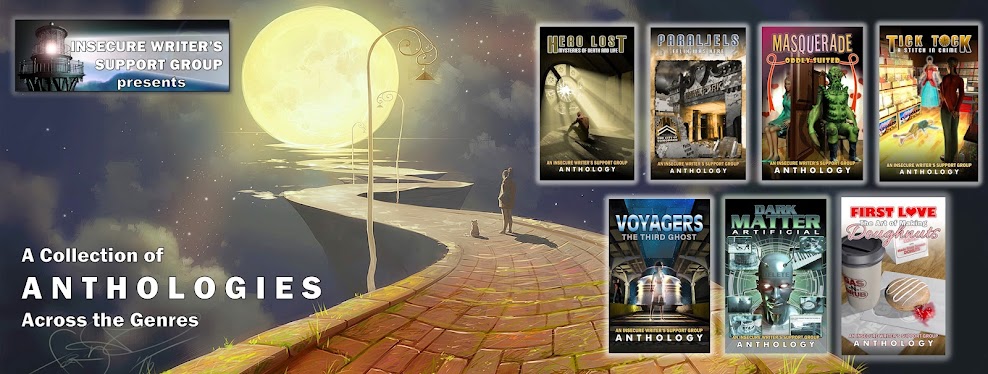by Sherry Ellis
In IWSG Anthology #5 Voyagers
When you think of Paris, things that come to mind may be the Eiffel Tower, good food, fashion, and art museums. I doubt skeletons, underground cemeteries, and art thieves would pop into your head. Bubba and Squirt’s City of Bones explores some of these darker aspects of the City of Lights. While the book is a work of fiction, there are truths in the stories within the story.
Were the art thieves real?
The characters in Bubba and Squirt’s City of Bones are fictional, but the information about the Mona Lisa robbery, the heist from the Museum of Modern Art, and Picasso’s granddaughter are true.
- Italian painter, Vincenzo Peruggia stole the Mona Lisa from the Louvre Museum in 1911. It was recovered in 1913 when he tried to sell it.
- On May 20, 2010, an art thief stole five paintings, including a Picasso and Matisse from the Museum of Modern Art. Unfortunately, the security alarms were not working, and the security guards on duty did not notice the thief. The works are still missing, and the thief has not been caught.
- On February 27, 2007, thieves broke into the house of Picasso’s granddaughter and stole two of his paintings. They were worth over sixty million dollars!
The Catacombs
The catacombs are an underground gravesite located in the Place Denfert-Rochareau district of Paris. This is where Bubba and Squirt arrive after being whisked through the mysterious portal. It’s also where they first meet the art thieves. A positively creepy place! Here are some facts about it:
- The bones were once buried in the Cemetery of the Innocent in the district of Halles. When the cemetery became overcrowded, the government decided to move the bones. They chose an old stone mine.
- On April 7, 1786, removal of the bones began and continued until 1788.
- The site contains the remains of about six million people.
- The catacombs were opened to the public in 1874.
If you ever visit Paris, take the time to visit this unique place. It’s an unforgettable experience!
I hope you’ve enjoyed this trivia and that you will consider checking out Bubba and Squirt’s City of Bones!
City of Bones
by Sherry Ellis
Bubba and Squirt are back for another rousing quest as they travel through the mysterious vortex to Paris, France.
It's another wild adventure as they track down art thieves, encounter terrifying monsters, and discover the whereabouts of their missing father.
Will they make it out alive or join the rest of the skeletons in the City of Bones?
Buy Links:
Sherry Ellis is an award-winning author and professional musician who plays and teaches the violin, viola, and piano. Her books include Bubba and Squirt’s Big Dig to China; Bubba and Squirt’s Mayan Adventure; Bubba and Squirt’s City of Bones; Don’t Feed the Elephant; Ten Zany Birds; That Baby Woke Me Up, AGAIN; and That Mama is a Grouch. She lives in Atlanta, Georgia.
Connect with Sherry on Social Media:







